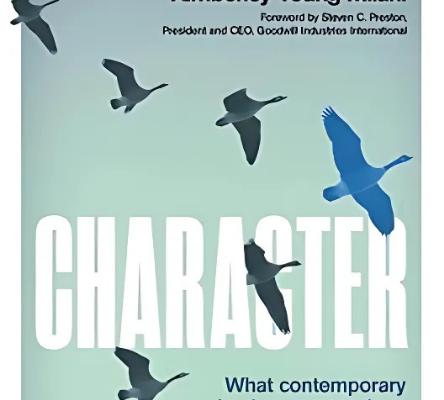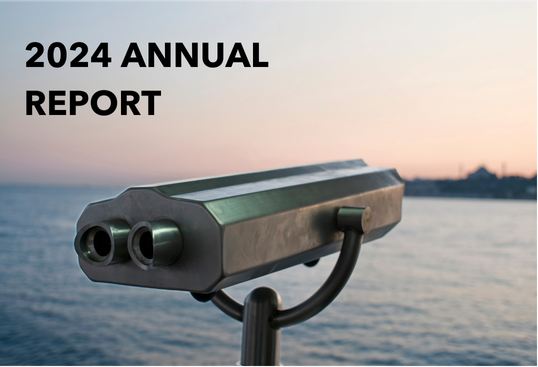In mid-December, Finance Minister Bill Morneau announced the long-awaited details of changes to the Income Tax Act. As of January 1, 2018, these changes will impact incorporated individuals who use income sprinkling to reduce their tax burden by dividing profits among their family members who may see that income taxed at a lower rate[1].
So, what might this mean for you? Of particular interest is that under the new rules, incorporated individuals are unlikely to be able to pay for their children’s education through their corporations. With this in mind, registered education savings plans (RESPs) and tax-free savings accounts (TFSAs) will likely play a much larger role in your children’s education savings planning. The earlier you begin, the better.
RESPs
RESPs are a vehicle for tax-deferred education savings, and an obvious choice for many Canadians in the quest to pay for a child’s post-secondary education. Much like an RRSP, you don’t pay taxes on the investment earnings if they stay in the RESP, but unlike an RRSP, the contributions are not tax-deductible. There is no annual contribution limit in an RESP, but there is a lifetime limit of $50,000 for each child. When your son or daughter is ready to head to college or university (or trade school or apprenticeship program), payments withdrawn from the RESP are taxable in the student’s hands rather than your own.
And don’t miss out on the Canada Education Savings Grant (CESG). The Canadian government will kick in 20 cents for every dollar you contribute (to a maximum grant of $500 per year, and a lifetime limit of $7,200), available up to the end of the calendar year in which your child turns 17. If you’ve missed a year, don’t worry; you can make a grant-eligible contribution for the current year and for one previous year. However, if you really want to get the most out of an RESP, and the advantages of earning income tax free on those savings, it’s better to start as early as possible.
TFSAs
You may also want to consider a TFSA in combination with an RESP, if you’re not already maximizing your TFSA contributions. Any interest, dividends or other income you earn in the TFSA account is not taxable, even when you withdraw it from the account. And it’s more flexible than an RESP, in that the funds can be withdrawn at any time, for any purpose. Perhaps you’ll choose to help your child fund a gap-year prior to their post-secondary education, to be spent travelling or on volunteer work. With a TFSA, you have the flexibility to use the funds in any way you see fit.
In 2018, the maximum allowable contribution to a TFSA is $5,500, but it can change every year, and the total allowable is cumulative from the time the government began the program, in 2009. So, if you’ve never made use of a TFSA, you can catch up on those contributions. We can help you calculate your TFSA contribution room, or you can check out the Government of Canada’s web page.
With the government’s new rules on income sprinkling, maximizing RESPs and TFSAs should be a priority when planning for your children’s education. If you would like to look at maximizing your RESP or TFSA contributions for 2018, please let us know. We’re happy to help.
[1] Scotti, Monique, Global News, “What you need to know about Morneau’s changes to ‘income sprinkling’ rules,” Dec. 13, 2017. Accessed January 25, 2018 at: https://globalnews.ca/news/3914672/bill-morneau-changes-tax-proposals-small-business/
The views expressed in this commentary are those of Tall Oak Capital Advisors as at the date of publication and are subject to change without notice. This commentary is presented only as a general source of information and is not intended as a solicitation to buy or sell specific investments, nor is it intended to provide tax or legal advice. Statistics, factual data and other information are from sources Tall Oak believes to be reliable but their accuracy cannot be guaranteed. This commentary is intended for distribution only in those jurisdictions where Tall Oak Capital Advisors are registered. Securities-related products and services are offered through Raymond James Correspondent Services Ltd., member Canadian Investor Protection Fund. Insurance products and services are offered through Gryphin Advantage Inc., which is not a member-Canadian Investor Protection Fund. This commentary may provide links to other Internet sites for the convenience of users. Tall Oak Capital Advisors is not responsible for the availability or content of these external sites, nor does Tall Oak Capital Advisors endorse, warrant or guarantee the products, services or information described or offered at these other Internet sites. Users cannot assume that the external sites will abide by the same Privacy Policy which Tall Oak Capital Advisors adheres to.




